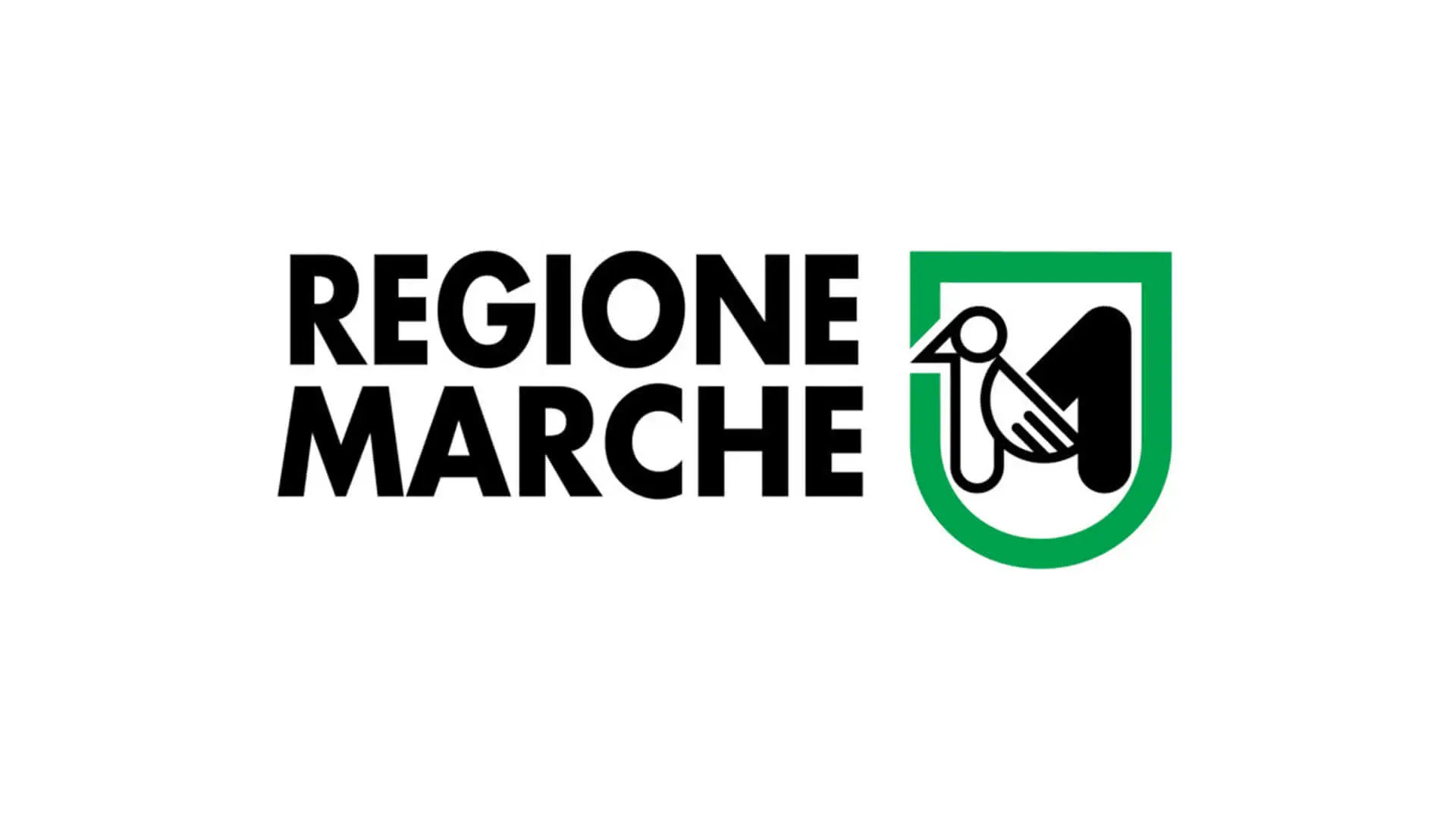Introduction
The Marche DigiP Regional Conservation Centre offers a technological, organisational, legal and archival solution for the management and conservation of the digital archives of the Regione Marche and other affiliated public administrations and local authorities. As of 31 March 2025, there were over 250 participating entities.
Challenges and reasons for good management of the compliant conservation service
In the digital transformation of the public administration, compliant digital conservation plays a strategic role for regions and other public bodies, which are required to store a growing volume of digital documents with full legal, administrative and probative value over time.
Italian and European legislation imposes stringent requirements on the storage of electronic documents, with the aim of ensuring their authenticity, integrity, legibility and retrievability over the long term. For a region, having a compliant storage system is not only a regulatory obligation, but also an opportunity to simplify internal processes, reduce management costs, promote interoperability between entities and improve access to services for citizens and businesses.
Why the Regione Marche needed a compliant storage service
Like all public administrations, regions are required by law to digitally preserve electronic documents produced or received, in accordance with the CAD (Digital Administration Code), AgID guidelines (in Italy) and eIDAS regulations. Compliant preservation ensures that documents retain their legal value over time.
Since 1 January 2012, all public bodies have been required by law to store documents in accordance with current regulations. Thanks to European funding for the creation and management of a document storage centre for itself and regional bodies (municipalities, provinces, local health authorities and others), the Regione Marche issued a call for tenders, which was awarded to Namirial in 2012.
The Regione Marche manages a large amount of documents: resolutions, decisions, administrative acts, contracts, communications, health and environmental data, etc.
A compliant storage system allows to:
- Organize and classify documents correctly.
- Ensure integrity, authenticity and long-term availability.
- Prevent data loss or alteration.
The digitalization of documents and their compliant storage reduce physical archiving costs, document search and access times, and the risk of duplication and inefficient management.
In addition, service continuity is guaranteed even in the event of an emergency, and data is protected from unauthorised access thanks to certified security systems.
Why Namirial
The Namirial Storage service is one of the most widely used and popular digital storage systems in Italy and currently stores more than 4.5 billion documents of various types, with daily flows of more than one million documents.
Pending the operational launch of the new centre, the Region had temporarily entrusted the storage of its documents to ParER (Emilia-Romagna Archival Centre). In the meantime, each regional public body had been able to choose its own storage provider, often different from one body to another.
The creation of the regional centre represented an important step towards standardizing storage procedures, centralising the service at a single storage facility. This made it possible to implement a customised process for the Region and its bodies, with the aim of optimising and simplifying document storage activities.
Manual activity has been automated through the development of a new software module which, communicating with the customer’s storage system, applies the individual changes requested.
Application management, understood as the set of activities aimed at supervising the correct functioning of the DiGiP application, is entrusted to a specialised technical structure coordinated by Namirial (which developed the application in collaboration with the Regione Marche).
The Data Centre structures monitor the systems through agents installed on the equipment, which verify the correct functioning of the hardware/software components and the accessibility of the systems.



